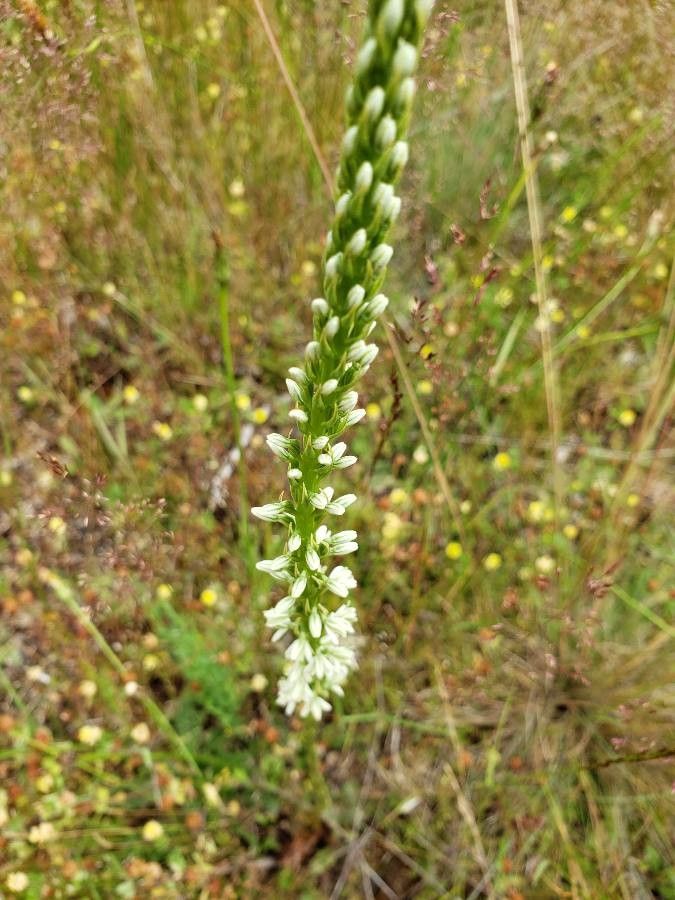From Seed to Showstopper: The Art of Propagating the Elegant White Bog Orchid (Platanthera elegans)
The delicate beauty of the Elegant White Bog Orchid (Platanthera elegans) is a sight to behold. With its snowy-white petals and captivating fragrance, this rare and endangered orchid is a dream for many plant enthusiasts. But growing this exquisite flower can be a daunting task, as it’s notoriously difficult to cultivate. The answer might lie in understanding the art of propagation.
A Deeper Dive into Propagation:
Propagation is the process of creating new plants from existing ones. It’s an exciting way to expand your garden without spending a fortune on new plants, and it offers a unique opportunity to preserve rare species. For Platanthera elegans, propagation is particularly important due to its dwindling populations. However, it’s crucial to understand that propagating this orchid isn’t a walk in the park.
Seed Propagation: A Test of Patience
The most common method for propagating Platanthera elegans is by seed. Here’s the process:
- Harvesting Seeds: Collect seeds from mature flower pods.
- Sowing Time: Seeds need a period of cold stratification – mimicking winter conditions – and prefer sowing in the fall.
- The Right Medium: Use a sterile, well-draining potting mix.
- Germination: This is the most challenging stage. Platanthera elegans seeds need a symbiotic relationship with mycorrhizal fungi for germination. You might need to introduce these fungi to the potting mix.
- Patience: Germination can take months, even years, and requires consistent moisture and high humidity.
The Challenges of Seed Propagation:
- Germination Rate: Seed germination is notoriously low, making this a challenging process.
- Mycorrhizal Fungi: Establishing the necessary symbiotic relationship with mycorrhizal fungi is crucial but often difficult.
Alternative Methods: Division
While seed propagation is standard, alternative methods exist. For example, dividing established plants is sometimes possible. This involves carefully separating the roots and repotting each individual plant. However, this should be done sparingly as it can stress the plant and should only be attempted with mature individuals.
Creating the Ideal Environment
To improve your chances of success with propagating Platanthera elegans, providing the right conditions is vital. Here are some key factors to consider:
- Light: These orchids prefer dappled shade, mimicking their natural woodland habitat.
- Water: Keep the soil constantly moist, but avoid overwatering, which can lead to root rot.
- Humidity: Platanthera elegans thrives in humid environments. Consider using a humidifier or creating a mini greenhouse for optimal conditions.
- Suitable Soil Mix: A well-draining, acidic mix is essential. Consider mixes specifically designed for orchids or a blend of peat moss, sand, and compost.
Ethics and Conservation:
Propagating rare orchids like Platanthera elegans comes with a great responsibility. Always prioritize ethical gathering and respect for the natural environment. Avoid taking seeds from wild populations and only collect from plants that are healthy and abundant. If you’re interested in growing this orchid, explore responsible sources like nurseries specializing in native plants or those that propagate orchids sustainably.
A Journey Worth Taking:
While propagating Platanthera elegans is challenging, the rewards are immense. Seeing these delicate orchids bloom in your garden is an accomplishment and a tribute to nature’s beauty. Remember, patience, respect, and providing the right conditions are key to success. Every step you take in nurturing these rare beauties contributes to their preservation and ensures their enchanting presence can be enjoyed for generations to come.

